Cybercriminals have developed a sophisticated phishing scheme by leveraging DocuSign’s Application Programming Interface (API) to send fraudulent emails that appear to originate from reputable companies like PayPal. This tactic enhances the credibility of their scams and allows these malicious emails to bypass standard security filters.
Modus Operandi of the Scam
The perpetrators establish legitimate DocuSign accounts and utilize the platform’s templates to craft emails that closely mimic official communications from companies such as PayPal. By sending these emails through DocuSign’s trusted infrastructure, scammers increase the likelihood of their messages reaching the intended targets without detection.
A typical fraudulent email notifies the recipient of an unauthorized transaction, often specifying a significant amount and providing a transaction ID. The message urges the recipient to contact a “Fraud Prevention Team” via a provided phone number to resolve the issue promptly.
Identifying Red Flags
Despite their convincing appearance, these phishing emails exhibit certain inconsistencies:
- Sender’s Email Address: The “From” field may display a generic email address, such as a Gmail account, which is atypical for official communications from companies like PayPal.
- Misuse of DocuSign: The use of DocuSign for documents that do not require a signature is unusual and should raise suspicion.
- Incorrect Recipient Details: The “To” field may contain an email address that does not belong to the actual recipient, indicating a lack of personalization.
Recommended Actions for Recipients
Individuals who receive such emails and suspect fraudulent activity should take the following steps:
- Verify the Document’s Authenticity: Visit DocuSign’s official website directly (without clicking on any links in the suspicious email), select ‘Access Documents,’ and enter the security code provided in the email. An error message at this stage indicates that the document is invalid or has been removed.
- Inspect Your PayPal Account: Log in to your PayPal account independently to review recent transactions for any unauthorized activity.
- Report the Incident:
- To PayPal: Use PayPal’s Resolution Center to report the suspicious transaction.
- To DocuSign: Utilize DocuSign’s ‘Report Abuse’ feature or contact their security team directly to alert them about the misuse of their platform.
- Consult Financial Institutions: If your PayPal account is linked to a bank account or credit card, inform the respective financial institution to monitor for potential fraudulent activity.
Preventative Measures
To safeguard against such phishing attempts, consider the following precautions:
- Exercise Caution with Unsolicited Emails: Avoid clicking on links or downloading attachments from unknown or untrusted sources.
- Verify Sender Information: Check that the sender’s email address aligns with official domain names associated with the purported company.
- Authenticate Documents Independently: Access documents by visiting official websites directly rather than following links provided in unsolicited emails.
Response from DocuSign
DocuSign has acknowledged the misuse of its API by cybercriminals and emphasizes its commitment to security. The company investigates reports of suspicious activity and typically deactivates fraudulent accounts within 24 hours of detection or notification. Once an account is closed, all documents sent from that account become inaccessible to both senders and recipients.
By staying vigilant and following these recommended practices, individuals can better protect themselves from sophisticated phishing scams that exploit trusted platforms like DocuSign to deceive users.
Catch the latest in supply chain news on The Supply Chain Report. Visit ADAMftd.com for free international trade tools.
#CyberSecurity #PhishingScam #OnlineFraud #DocuSignScam #PayPalFraud #EmailSecurity #FraudPrevention #OnlineScams #ScamAwareness #CyberThreats #DigitalSecurity #IdentityTheft #StaySafeOnline #TechSecurity #CyberCrimeAlert

















